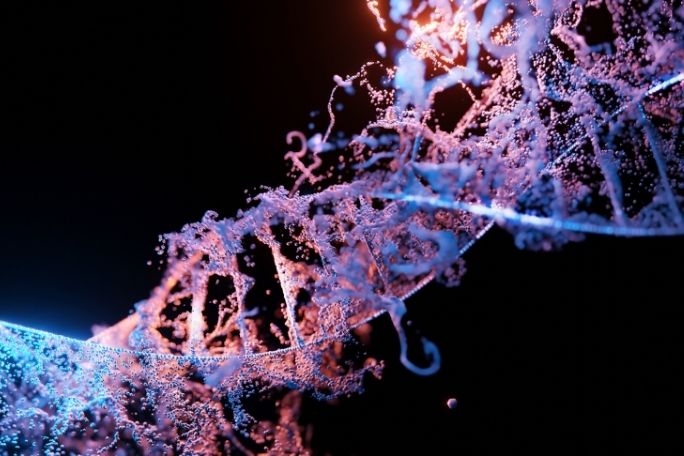Lesson summary
Students will learn about DNA and how to use it as evidence in forensic investigations. Students will also learn about some of the limitations of using DNA evidence.
Learning intentions:
Students will...
- understand what DNA is and how to use it in forensic investigations
- understand the limitations of using DNA in forensic investigations
- be introduced to some of the technology used to analyse DNA samples.
Success criteria:
Students can...
- identify what DNA is and how it is used in forensic investigations
- name and describe some of the technology used to analyse DNA samples.
Lesson guides and printables
Lesson details
21st Century Skills
This lesson is designed to build students’ competencies in the following skills:
- communication
- critical thinking
- sollaboration
- ethical understanding
- problem solving
Curriculum Mapping
Australian Curriculum content descriptions (v9):
Year 10 Science:
- explain the role of meiosis and mitosis and the function of chromosomes, DNA and genes in heredity and predict patterns of Mendelian inheritance (AC9S10U01)
- explain how scientific knowledge is validated and refined, including the role of publication and peer review (AC9S10H01)
- analyse the key factors that contribute to science knowledge and practices being adopted more broadly by society (AC9S10H03)
Syllabus outcomes: SC5-12ES, SC5-13ES, SC5-14LW
General capabilities: Critical and creative thinking, Ethical Understanding, Literacy
Relevant parts of Year 10 achievement standards: Students explain the processes that underpin heredity and genetic diversity and describe the evidence supporting the theory of evolution by natural selection. Students analyse the importance of publication and peer review in the development of scientific knowledge and analyse the relationship between science, technologies and engineering. They analyse the key factors that influence interactions between science and society.
This lesson is part of the wider unit of work: Real-life CSI – Secondary
Time required: 65 mins
Level of teacher scaffolding: Medium – facilitate class discussion and assistance with practical work required
Resources Required
- a device capable of presenting a video to the class.
Per group:
- forceps
- glove with a hair inside
- hairnets (for student/s collecting the evidence)
- lab coat (for student/s collecting the evidence)
- magnifying glass
- rubber gloves (for student/s collecting the evidence)
- Student Worksheet.
Additional Info
This is an original Cool+ lesson.


Welcome back!
Don't have an account yet?
Log in with:
By signing up to Cool.org you consent and agree to Cool's privacy policy to
store, manage and process your personal information. To read more, please see
our privacy policy here(Opens in new tab).
Create your free Cool.org account.
Many of our resources are free, with an option to upgrade to Cool+ for premium content.
Already have an account?
Sign up with:
By signing up to Cool.org you consent and agree to Cool's privacy policy to
store, manage and process your personal information. To read more, please see
our privacy policy here(Opens in new tab).